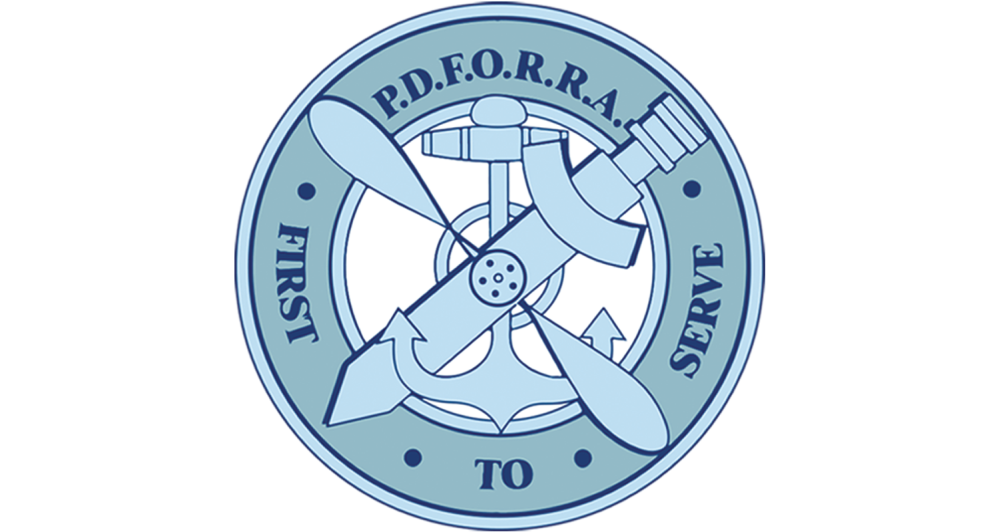The Defence Forces health and safety section (H&S) is seriously understaffed and needs a major revamp to negate the number of high-risk situations soldiers, sailors, and aircrews find themselves in on an almost daily basis.
PDForra’s health and safety officer Ray McKenna told his annual delegate conference in Ballybofey, Co Donegal, that because of the nature of their jobs, the Defence Forces face more potential day-to-day safety issues than most other professions.
He said serious gaps remain in military health and safety oversight. Currently the Defence Forces H&S department is staffed by just one commandant and a private.
Mr McKenna said this is totally inadequate and needs to be significantly bolstered, especially if Defence Minister Simon Coveney achieves his ambition of raising personnel numbers to 11,500 by 2028. The Defence Forces current strength is slightly more than 8,100.
“H&S in the Defence Forces is important, and rightly so,” said Mr McKenna.
We operate at a higher level of risk than most other occupations in the State, yet it’s severely understaffed in the area of H&S management."
In his report to the conference, Mr McKenna said concerns have been raised about the safety of body armour worn by frontline Defence Forces personnel because it is not tailor-made for the wearer, and as a result the rifle butt can slide off the shoulder while firing, which could lead to a serious accident.
The senior PDForra official said he had raised concerns with military management in relation to the size of body armour and the fitting, mostly in the shoulder area, because of this.
He said they asked if ‘general service body armour’ could be tailored for people’s shoulder areas to allow more flexibility, and if a quick-release system could be incorporated into the shoulder areas so that in the event of an accident, the body armour could be removed without causing further injury.
Mr McKenna said PDForra had learned that other armed forces across the world use a quick-release Velcro system so sections of the body armour can be opened speedily during emergency situations. Military management is now in the process of testing equipment used by other armies.
Meanwhile, Mr McKenna said a case has been put forward to the Road Safety Authority and the Department of the Environment for permission for Defence Forces vehicles, other than ambulances, and marked military police vehicles to be allowed drive using blue lights when needed, as this is not permitted under current legislation.
However, like them, some bomb disposal crews are not trained for high-speed ‘blue light’ driving responses and have to be escorted to emergency call-outs by gardaí.
Delegates at the PDForra conference also voted unanimously to seek to compensate the next-of-kin of people who die in service and have untaken leave accrued.
They want a monetary value put on that and then paid to the deceased member’s family, which is not done at present.


